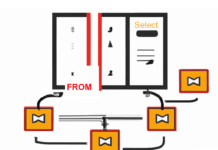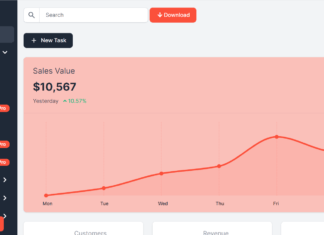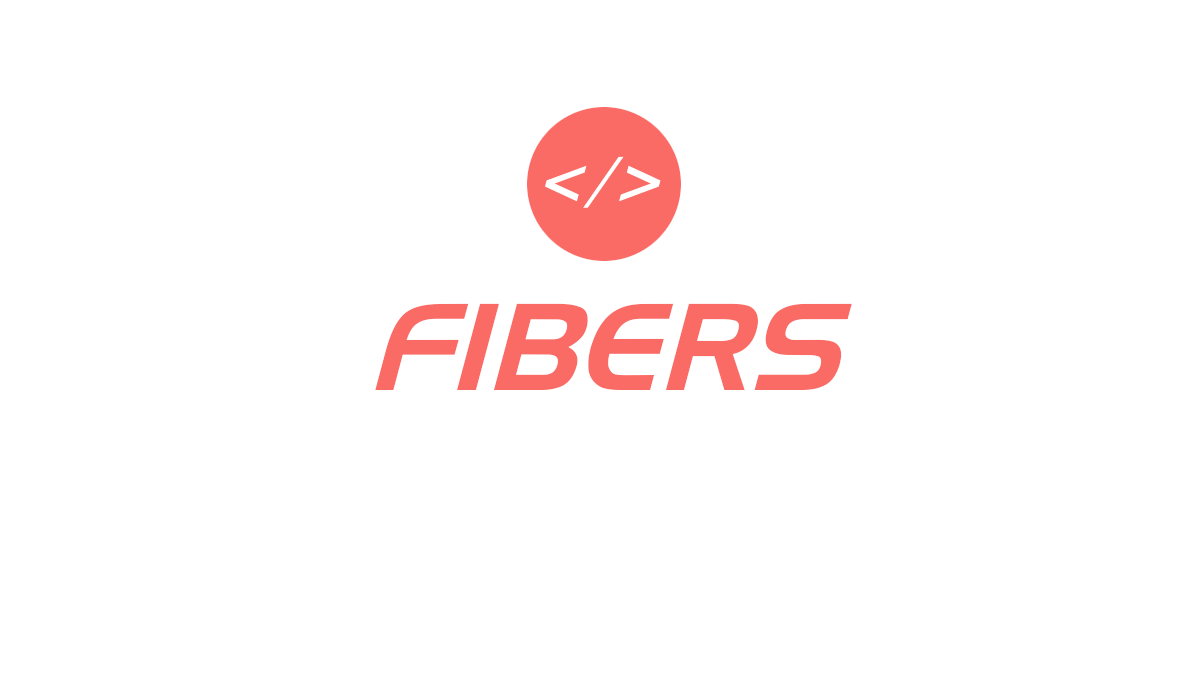PHP design patterns do not necessarily directly improve performance, but they can help in writing better quality code that is more maintainable, scalable, and easier to test. However there are some cases when PHP design patterns can improve performance in real-world scenarios.
In this article, we’ll explore several real-world examples of how PHP design patterns can improve performance, including Singleton, Factory, Dependency Injection, and Strategy patterns. We’ll also discuss the benefits of using design patterns and provide tips for implementing them effectively in your PHP applications.
Singleton pattern
Let’s say we have a class called DatabaseConnection that is responsible for establishing a connection to a database. In a typical web application, there may be many instances of this class created, each time a new database connection is needed.
Creating a new connection each time can be time-consuming and may result in performance issues, especially if the database server is located remotely. To avoid this, we can use the Singleton pattern to ensure that only one instance of the DatabaseConnection class is ever created.
Here’s an example implementation of the DatabaseConnection class using the Singleton pattern:
class DatabaseConnection
{
private static $instance = null;
private $connection;
private function __construct()
{
$this->connection = new PDO('mysql:host=localhost;dbname=mydatabase', 'username', 'password');
}
public static function getInstance()
{
if (self::$instance == null) {
self::$instance = new DatabaseConnection();
}
return self::$instance;
}
public function getConnection()
{
return $this->connection;
}
}In this implementation, the getInstance() method is used to ensure that only one instance of the DatabaseConnection class is ever created. The constructor is marked as private, which prevents the class from being instantiated from outside the class.
The getConnection() method is used to retrieve the database connection from the singleton instance.
With this implementation, we can create a single instance of the DatabaseConnection class and use it throughout the application, rather than creating a new instance each time a database connection is needed. This can result in significant performance improvements, especially in applications that make frequent database requests.
Factory pattern
Let’s say you have an application that needs to generate reports based on different data sources. You have several types of data sources, including a MySQL database, a PostgreSQL database, and an API. Each data source requires different connection details and query syntax.
One way to handle this is to create a separate class for each data source, which contains the connection details and query logic. However, this can quickly become unwieldy as the number of data sources grows. It also makes it difficult to add or remove data sources at runtime.
Here’s where the Factory pattern comes in. Instead of creating separate classes for each data source, you can create a single factory class that handles the creation of the appropriate data source object based on a parameter passed to it. The factory class abstracts the creation logic from the client code and provides a centralized location for adding or removing data sources.
Here’s an example implementation of the Factory pattern in PHP:
interface DataSource {
public function connect($host, $username, $password, $dbname);
public function query($query);
}
class MySqlDataSource implements DataSource {
private $connection;
public function connect($host, $username, $password, $dbname) {
// Connect to MySQL database
$this->connection = mysqli_connect($host, $username, $password, $dbname);
}
public function query($query) {
// Run query on MySQL database
$result = mysqli_query($this->connection, $query);
// Process result and return
// ...
}
}
class PostgreSqlDataSource implements DataSource {
private $connection;
public function connect($host, $username, $password, $dbname) {
// Connect to PostgreSQL database
$this->connection = pg_connect("host=$host user=$username password=$password dbname=$dbname");
}
public function query($query) {
// Run query on PostgreSQL database
$result = pg_query($this->connection, $query);
// Process result and return
// ...
}
}
class ApiDataSource implements DataSource {
public function connect($host, $username, $password, $dbname) {
// No connection needed for API
}
public function query($query) {
// Make API call with query parameters
// Process result and return
// ...
}
}
class DataSourceFactory {
public static function create($type) {
switch ($type) {
case 'mysql':
return new MySqlDataSource();
case 'postgresql':
return new PostgreSqlDataSource();
case 'api':
return new ApiDataSource();
default:
throw new Exception('Invalid data source type');
}
}
}In this example, we have defined an interface DataSource that defines the common methods for all data sources. We have also created three concrete classes that implement this interface for different data sources.
The DataSourceFactory class has a create method that takes a parameter indicating the type of data source to create. It then uses a switch statement to create the appropriate object and return it to the client code.
By using the Factory pattern, we have abstracted the creation logic for data sources away from the client code. This makes it easier to add or remove data sources at runtime, and also makes the code easier to maintain. It also avoids the need to duplicate connection details and query logic across multiple classes, which can lead to errors and reduce performance.
Dependency Injection Pattern
Consider a scenario where you have a class User which needs to interact with a database to fetch user data. Without using dependency injection, you might directly create a new instance of the database class (Database) inside the User class, like this:
class User {
private $db;
public function __construct() {
$this->db = new Database();
}
public function getUser($userId) {
// fetch user data from database
$userData = $this->db->fetchUserData($userId);
return $userData;
}
}This approach has a couple of drawbacks:
- If you want to test the
Userclass, you’ll also need to test theDatabaseclass, which can be time-consuming and might slow down your tests. - If you decide to change the database implementation (for example, from MySQL to MongoDB), you’ll need to modify the
Userclass, which can be error-prone and can lead to unexpected issues.
Instead, you can use dependency injection to separate the creation of the Database object from the User class:
class User {
private $db;
public function __construct(Database $db) {
$this->db = $db;
}
public function getUser($userId) {
// fetch user data from database
$userData = $this->db->fetchUserData($userId);
return $userData;
}
}With this approach, the User class is only dependent on the Database interface, rather than the concrete implementation. This means that you can easily swap out the implementation of Database without modifying the User class.
In terms of performance, this approach can be faster because the Database object can be created once and reused throughout the application (for example, using a connection pool), rather than creating a new instance of Database for each instance of User. Additionally, by using an interface, you can provide an optimized implementation of Database for different scenarios (for example, a caching implementation for read-heavy workloads, or a sharded implementation for write-heavy workloads).
Overall, by using dependency injection, you can improve the modularity and testability of your code, while also potentially improving performance by optimizing the creation and usage of objects.
Strategy pattern
Suppose you are building an e-commerce website where customers can purchase products. When customers check out, they can choose from different payment methods, such as credit card, PayPal, and bank transfer. Each payment method requires different steps to process the payment. Without the Strategy pattern, you might have code that looks something like this:
if ($paymentMethod === 'creditcard') {
// process credit card payment
} elseif ($paymentMethod === 'paypal') {
// process PayPal payment
} elseif ($paymentMethod === 'banktransfer') {
// process bank transfer payment
}As you can see, this code has a lot of conditional statements that check which payment method was selected. This can lead to performance issues, especially if you have many different payment methods.
By using the Strategy pattern, you can encapsulate the payment processing logic into separate classes, each representing a payment method. Here’s an example:
interface PaymentMethod {
public function processPayment($amount);
}
class CreditCardPayment implements PaymentMethod {
public function processPayment($amount) {
// process credit card payment
}
}
class PayPalPayment implements PaymentMethod {
public function processPayment($amount) {
// process PayPal payment
}
}
class BankTransferPayment implements PaymentMethod {
public function processPayment($amount) {
// process bank transfer payment
}
}Now, when a customer selects a payment method, you can create an instance of the corresponding payment method class and call the processPayment method:
$paymentMethod = new CreditCardPayment(); // or PayPalPayment, or BankTransferPayment
$paymentMethod->processPayment($amount);This code is much simpler and more modular than the previous example. It also reduces the number of conditional statements, which can improve performance. If you add a new payment method in the future, you can simply create a new class that implements the PaymentMethod interface, without having to modify the existing code.
Conclusion
In conclusion, implementing design patterns in PHP can provide numerous benefits to developers and applications alike. By using well-established design patterns, developers can create code that is more modular, extensible, and maintainable. This leads to code that is easier to understand and modify, and ultimately, code that performs better. With the help of real-world examples, we have seen how design patterns can help improve the performance of PHP applications in a variety of situations. By taking advantage of the power of design patterns, developers can create efficient, scalable, and high-performing PHP applications.
In the next week, we’ll be announcing a new series of articles that will delve deeper into PHP patterns. Stay tuned!

























